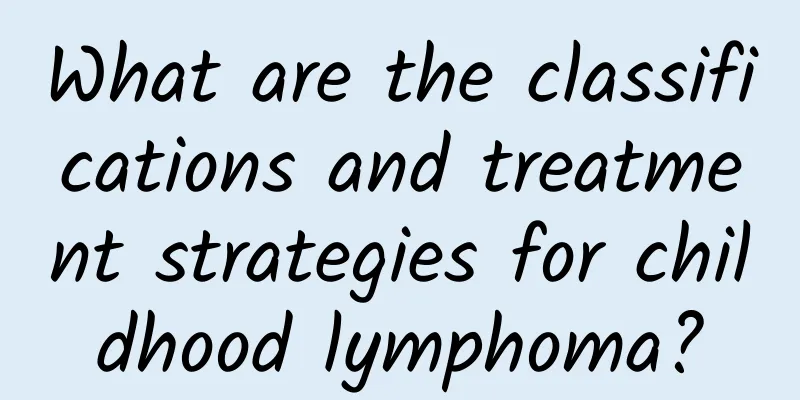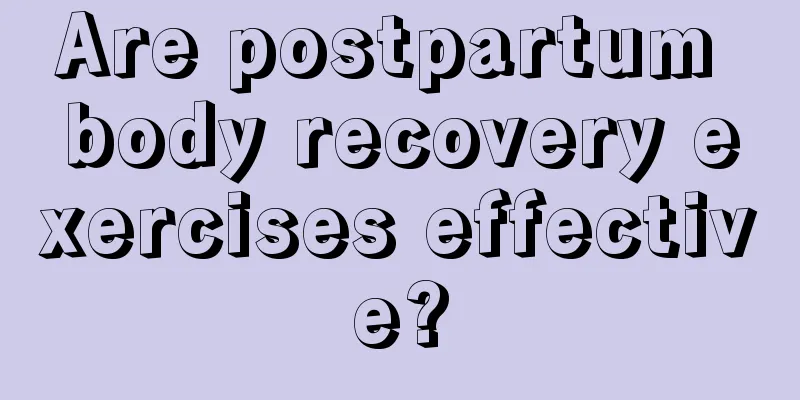What are the classifications and treatment strategies for childhood lymphoma?

|
Lymphoma is a malignant tumor that originates from lymphatic tissue. Childhood lymphoma can be divided into two categories: non-Hodgkin's lymphoma and Hodgkin's lymphoma. Among childhood lymphomas, non-Hodgkin's lymphoma is more common. Although the incidence of lymphoma in children is low, the incidence of childhood lymphoma has shown an upward trend in recent years, which has attracted widespread attention. Treating childhood lymphoma: The trade-off between radiation therapy and chemotherapy Radiotherapy and chemotherapy are the main treatments for childhood lymphoma. It is worth noting that the prognosis of childhood lymphoma is good regardless of its type. However, radiotherapy has a greater long-term radiation toxicity to children, and attention should be paid to its long-term damage. Therefore, in most cases, doctors will carefully consider whether to perform radiotherapy for children with lymphoma. Normally, children with non-Hodgkin's lymphoma do not receive conventional radiotherapy. This is because non-Hodgkin's lymphoma is less sensitive to radiotherapy, and chemotherapy has a better effect in treating non-Hodgkin's lymphoma. In addition, radiotherapy may cause serious consequences such as stunted growth and development and organ damage in children, so it should be used with caution. For Hodgkin lymphoma, the treatment strategy is different. After patients in the intermediate-risk and high-risk groups achieve complete remission through chemotherapy, the international standard recommends local radiotherapy to consolidate the therapeutic effect after chemotherapy. Local radiotherapy includes induction chemoradiotherapy (ISRT) or brachytherapy (INRT). This treatment method can effectively reduce the risk of recurrence and improve the cure rate. Taking all factors into consideration, the treatment of childhood lymphoma should be individualized according to the patient's condition, risk group, and treatment goals. After chemotherapy, preventive irradiation is recommended for patients in the intermediate-risk and high-risk groups to improve the treatment effect. At the same time, during the treatment process, attention should be paid to the child's psychology and quality of life, and full care and support should be given. In short, the treatment of childhood lymphoma needs to take into account the patient's age, condition and risk, and adopt an individualized treatment plan. During the treatment process, doctors and the child's family need to face challenges together and actively treat in order to achieve the best effect. With the continuous deepening of medical research, the treatment effect of childhood lymphoma is expected to be further improved in the future. |
>>: Beware of these three types of colorectal cancer precancerous lesions
Recommend
What foods are good for breasts?
Breasts are very important organs for women. With...
What causes constipation in women?
Every spring, a large number of female friends go...
Why does vaginal bleeding keep happening?
In daily life, many female friends may have encou...
What should I check if I haven't gotten pregnant for several months?
It is a very anxious thing for couples who want c...
Is the second pregnancy earlier than the first?
The belly of a woman who is two months pregnant i...
The DASH diet is a good choice for people who are looking to lower their blood pressure.
Author: Chen Zhou, attending physician at Shangha...
Do women who have a sterilization tend to age faster?
Many people believe that women who have a sterili...
Weak fetal heart rate in early pregnancy
In the early stages of pregnancy, if the fetal he...
What to do if you feel nausea and stomach upset during early pregnancy
In the early stages of pregnancy, pregnant women ...
Is octopus an octopus? How to clean octopus
Octopus is a high-protein food, and its protein i...
Standard weight comparison table for girls
In today's society, the pressure from work an...
Abdominal pain during menstruation?
Most women suffer from various discomforts during...
What causes strong odor in women's urine?
Urine is human excrement. Although it does not ha...
What soup can help you produce more milk during confinement?
Exclusive breastfeeding is the best food for babi...









